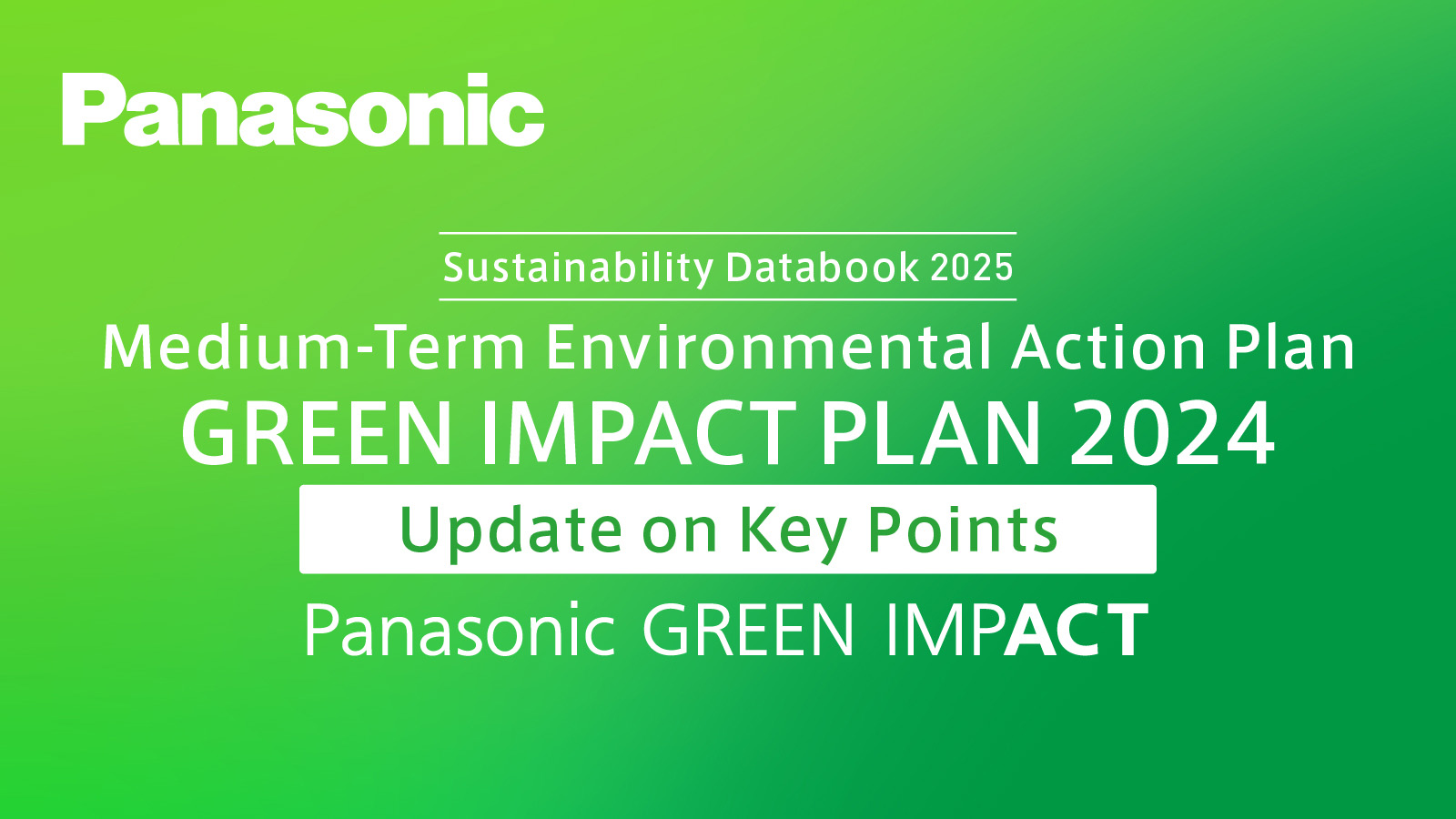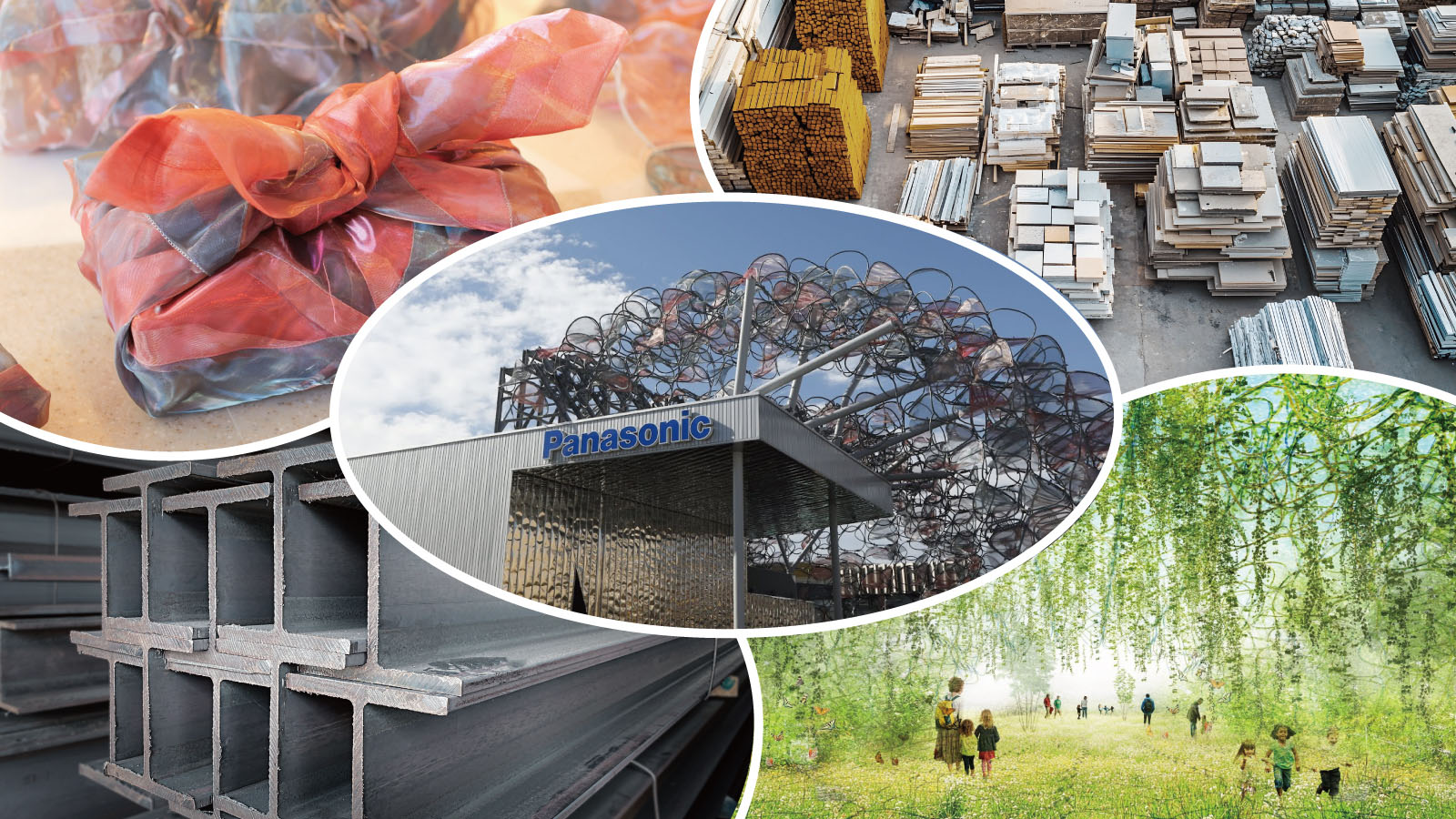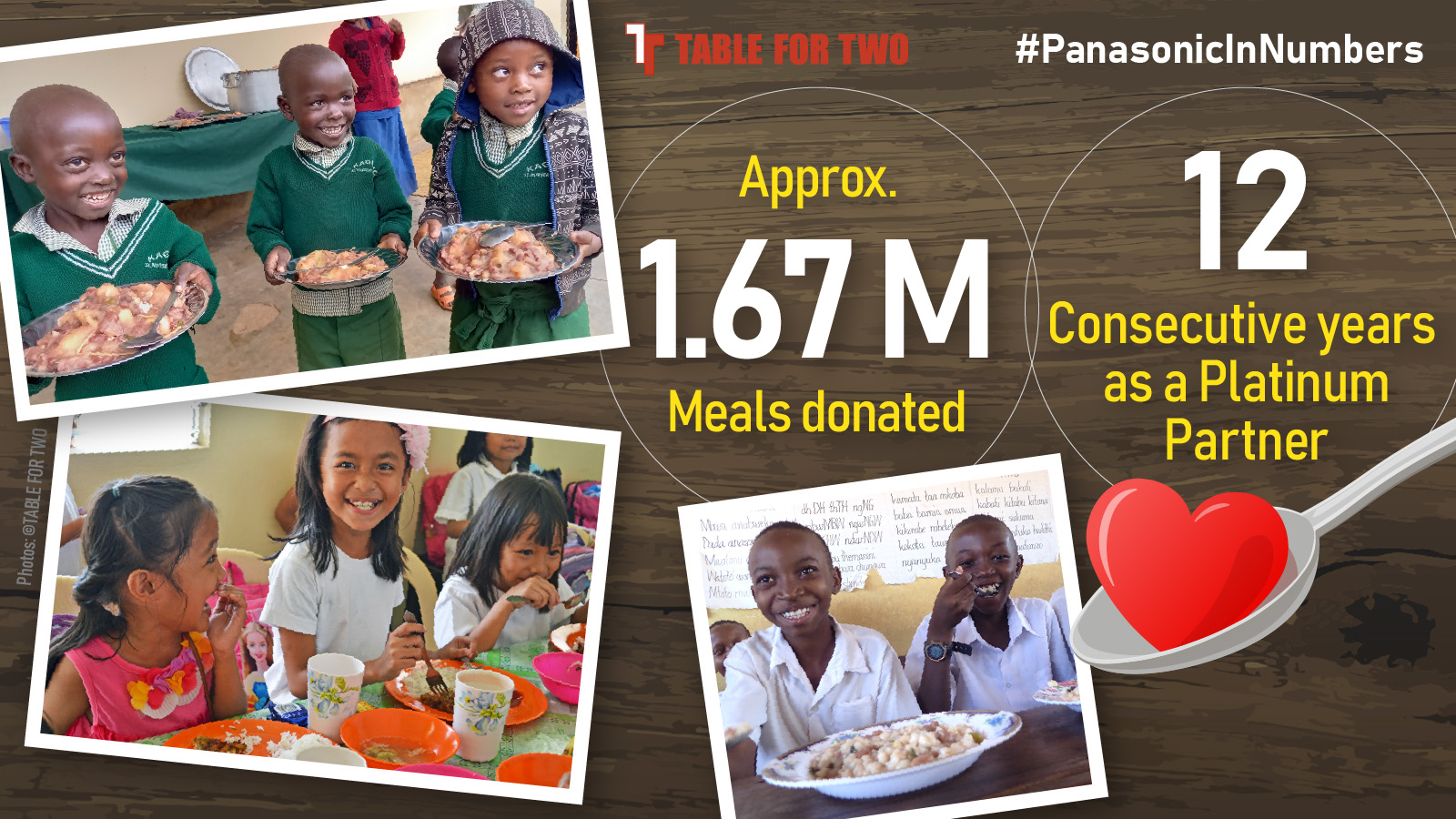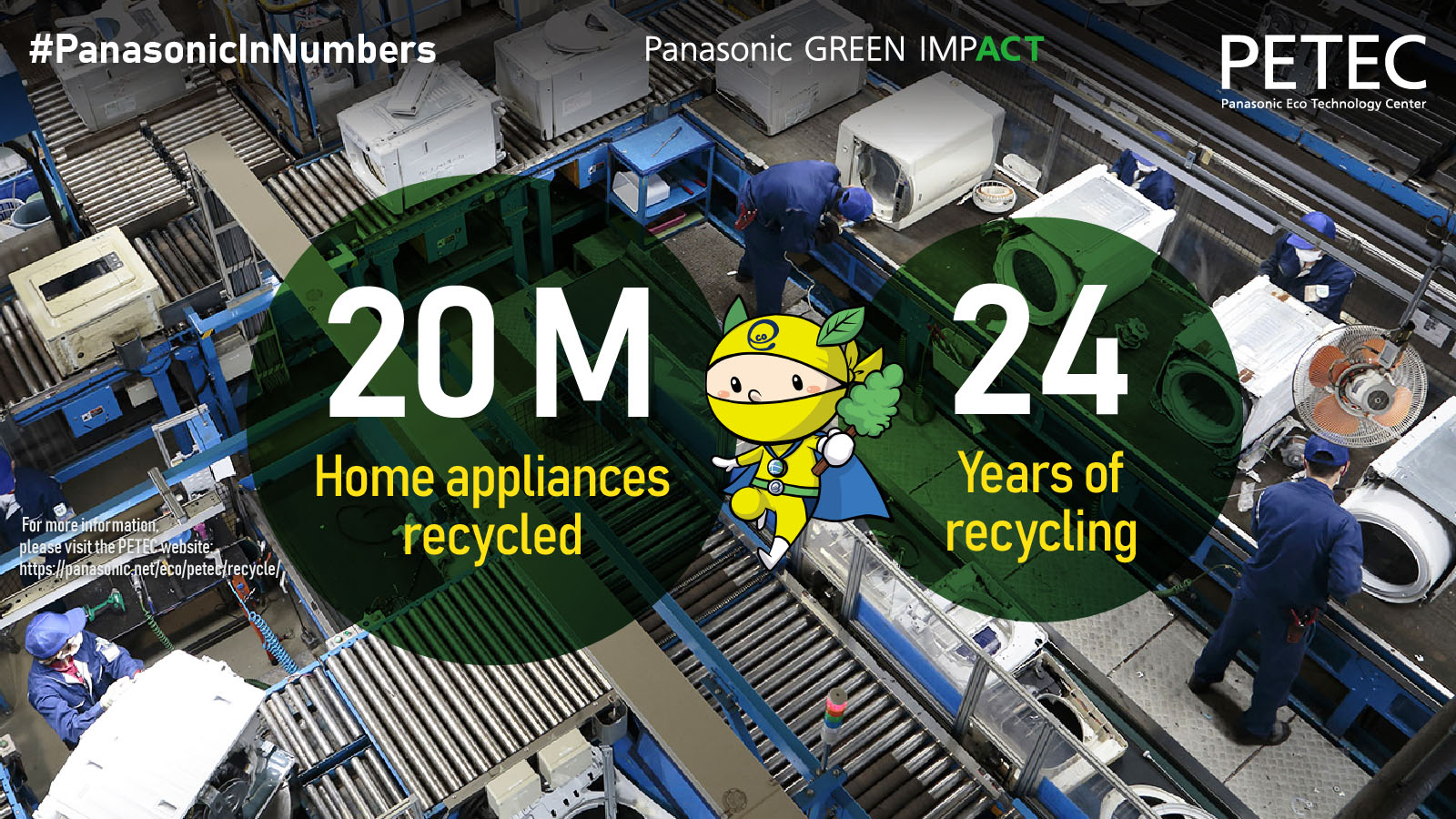The widespread adoption of pure hydrogen fuel cells, which generate electricity using hydrogen, is a key component of Panasonic’s efforts to achieve carbon neutrality. At Panasonic’s Kusatsu Factory in Japan, the H2 KIBOU FIELD experimental facility showcases the “RE100” solution. By combining pure hydrogen fuel cells with solar power and storage batteries, Panasonic aims to create a more consistent, stable, and renewable energy source.
In this film, Yusuke Aizumi and Natsuko Kawazoe explain how this innovative approach allows Panasonic to power 100% of its business operations using renewable energy sources. They also discuss why this solution represents an important step toward a more sustainable and environmentally responsible future.














